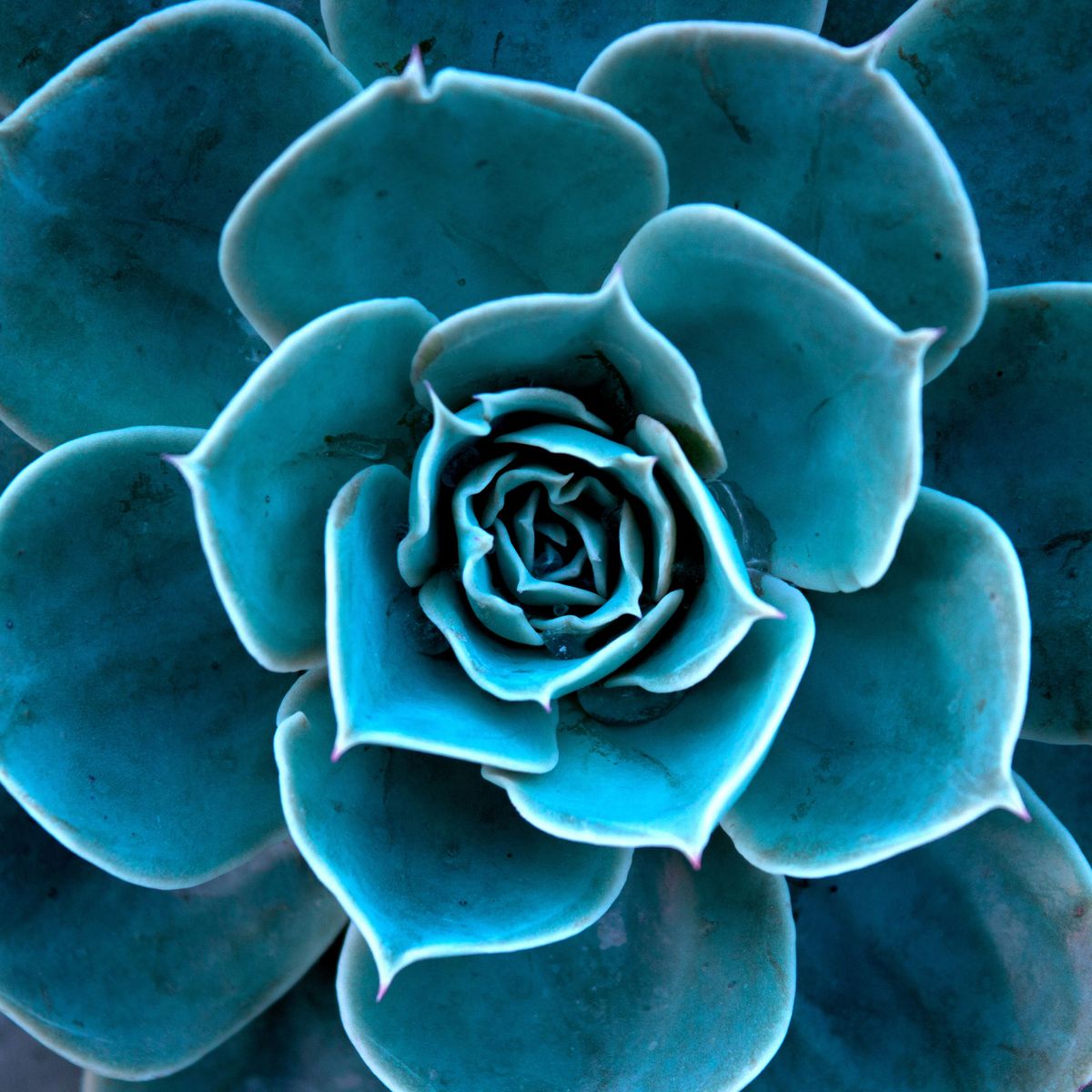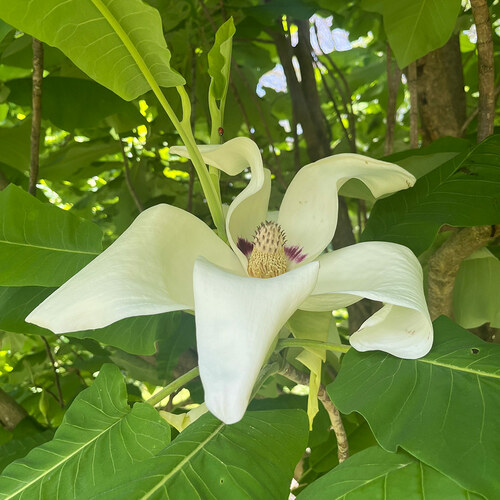
The North
Clumps of dahlia tubers may be planted in boxes of soil or sand. If the new shoots are broken from the tuber when they are 2 or 3 inches high and potted in light, sandy loam, they will soon root. From 25 to 50 cuttings may be obtained from the average clump. Keep them indoors until the danger of frost is over.
Berried shrubs are one of the most decorative features of the garden during the winter. Altho the birds eat many of the berries, the Regel Privet, the lbota Privet, the European Privet, the Japanese Barberry, the arrowwood, the European Cranberrybush, the nanny-berry, the snowberry, and the coralberry may be depended on for the entire winter.
Scale. For San Jose and oyster-shell scale on lilacs
Winter pruning of hydrangeas, roses, and late-summer-blooming shrubs should be done this month before the spring rush starts.
Grapevines should be pruned this month if you do not want them to bleed. The bleeding does not do a great deal of harm, but it does worry most people.
Tree-pruning should be done with a saw. Cut off all branches flush at the point they arise and do not leave stubs. A shallow saw-cut from beneath will prevent the bark from being torn. Seal the wound at once with a good sealing product. All stubs from previous pruning efforts should be cut off. A stub invites decay.
Foxgloves and Canterbury-bells may still look fine in northern gardens. They do not winterkill until early March. A little shade will help them.
Astilbe. Purchase roots of the Herbaceous Spirea, or Astilbe. Place them in large pots; keep them in the basement until they have started growth and a new root system. Then bring them up into a sunny window. Be sure to water them at least once a day, as they are always thirsty
Seed-sowing. By the end of the month seeds of the annuals and perennials can be sown indoors in boxes, but don’t let them dry out.
Window Boxes. Evergreens that are planted in window boxes will need water even in freezing weather. Many of them will live thru the winter and can be planted in the open soil in spring.
Garlandflower (Daphne cneorum) should be covered with a box to protect the foliage from the sun, but be sure to place a stone under a corner to give it air.
Sunny Weather. In sunny weather keep your eyes open for blooms of pansies and English Daisies in cold-frames, for crocus, snowdrops, and winter-aconite, in lawn or rock garden, for skunkcabbage in the woods, for blue-birds, and for groundhogs.
House Plants. Take the house plants to the bathtub sometime this month, and give the leaves a good scrubbing to free them fron dirt and dust. Remember that the leaves have breathing pores, which must be kept open.
Rhubarb. If you will place a barrel over a clump of rhubarb, or bank it with fresh manure, you will be able to have rhubarb pie and sauce earlier than your neighbors.
Rodents. Watch out for mice and rabbits around fruit trees, and protect with wire netting or tin if necessary.
Lily-of-the-valley. Purchase lily-of-the-valley pips from your seedsman or florist; pot them in soil, sand, or peatmoss. Keep them well-watered, and set them in the warmest place in the home —even on top of a heating vent. They will bloom in a few weeks. The roots when dug from the garden seldom bloom, as the commercial growers of lily-of-the-valley
The West Coast
It’s springtime on the Southern Pacific Coast. Many of the wildflowers are in full bloom; the perennials are growing rapidly, and roses, violets, Sweet Peas, and early daffodils are showing color.
Roses. If in planting roses this month the roots are dry, soak them in water for several hours. Then if the roots are puddled by dipping in mud, they will start more quickly.
Most annuals may be sown in the open ground this month. In the colder regions, it may be best to sow the seeds in boxes indoors and transplant them later.
Planting. Plant out foxgloves, snapdragons, columbines, carnations, Canterbury-bells, verbenas, Shasta Daisies, stocks, Virginian-stocks, and Pent-stemon.
Transplanting Perennials. Many perennials can now be divided and transplanted.
Marguerite Daisies should be pruned back severely so that they may start a new growth immediately.
Blue Bush Lupine. Have you noticed the sky-blue flowers of Blue Bush Lupine, (Lupinus longifolius), which has been in bloom all winter?
The Monterey Pine (Pinus radiata) is an ideal evergreen for planting where a quick effect is needed, either for group or single specimen.
Evergreens. Leaves of newly planted evergreens should be sprayed with water on hot, dry days.
Pruning. All the real earnest, vigorous garden-pruning should be finished by this time, but as soon as the flowering shrubs have finished blooming, they should be pruned immediately.
The South
See notes for the West Coast.
Soil. Get it ready for spring planting.
Prune out the dead wood of shrubbery and cut back any shrubs or vines that have grown out of bounds. Trim shade trees.
Roses can be planted in the climate of Atlanta, Georgia, and anywhere south of this. Do not fertilize roses the first year after planting out in Texas.
Annuals may be sown, but it is best to protect them with a muslin frame.
Plant perennials as soon as possible this month or next.
Raised Beds. Annuals, perennials, and-vegetables had better be planted in raised beds to provide drainage from hard rains, in the region of New Orleans.
Dutch bulbs can be planted early this month in the region of Vicksburg, Mississippi.
Roses can be pruned this month. In Texas do not prune before the end of the month.
Hardy vegetables can be planted in southern sections near the Gulf by the middle of the month.
New lawns, sown last fall, need another application of plant food.
Grass seed can be sown in Tennessee this month.
Fuchsias. At the base of the fuchsia, there will be many new shoots which will be very useful for making cuttings.
Showy Pelargoniums. Shape up plants by pinching off the long shoots.
Frost-Protectors. Have you devised any method of preventing frost injury to your early set plants? You can use pasteboard boxes, peach baskets, and other make-shift protectors, but a number of manufactured articles are far more sightly and convenient.
Where Grass Will Not Grow. The New Orleans Garden Society advises that the following plants are successful in adversity where grass will not grow: English Ivy, wandering-jew, bugle (Aju-ga), snakebeard (Ophiopogon), European Catnip {Nepeta), ferns, wild strawberries, oxalis.











